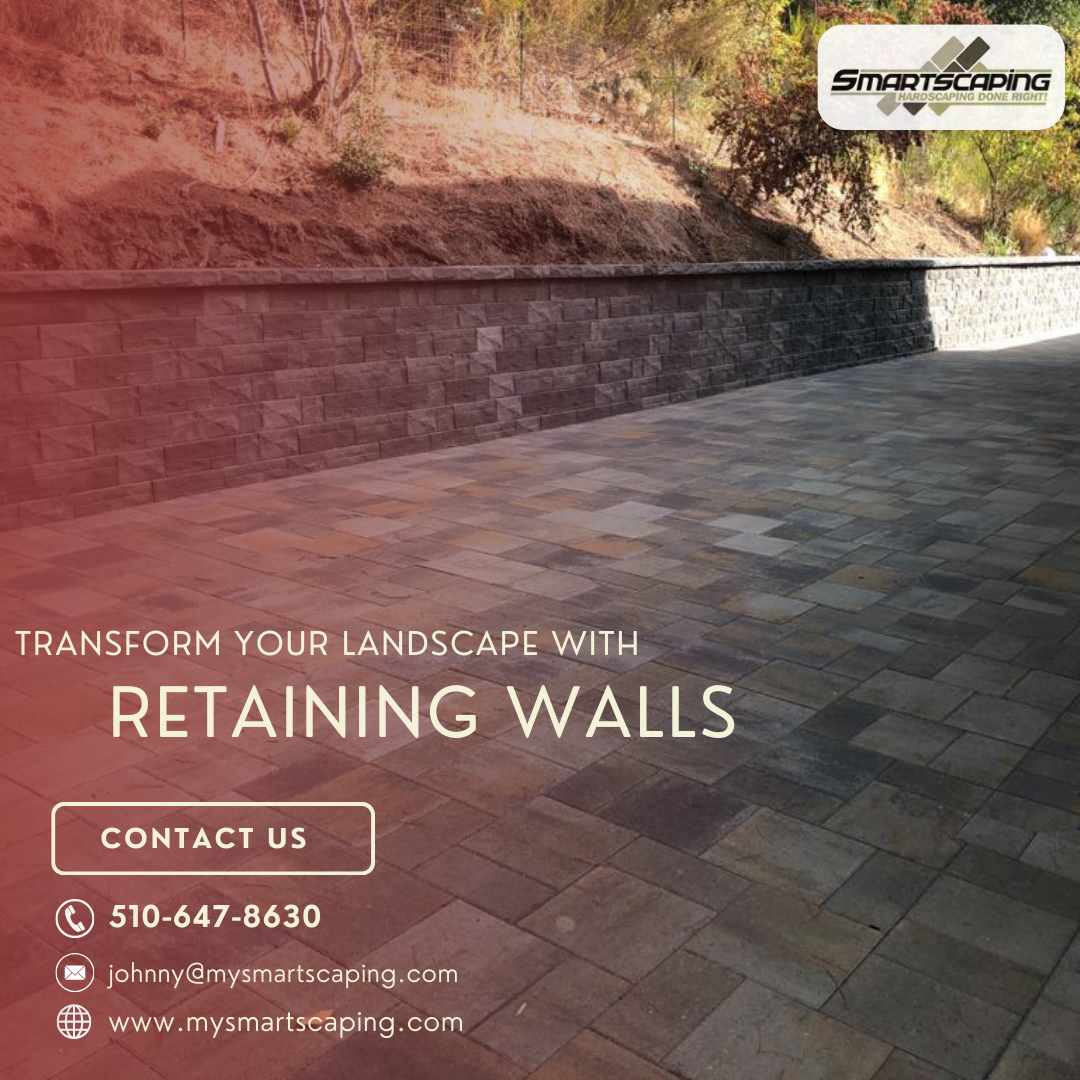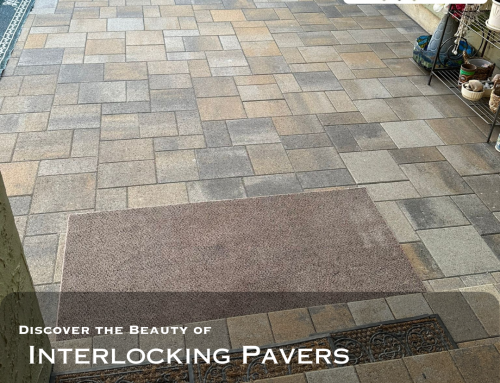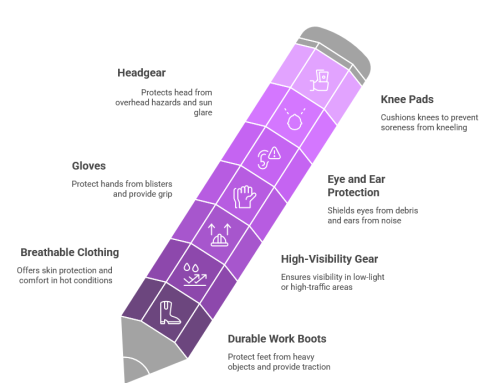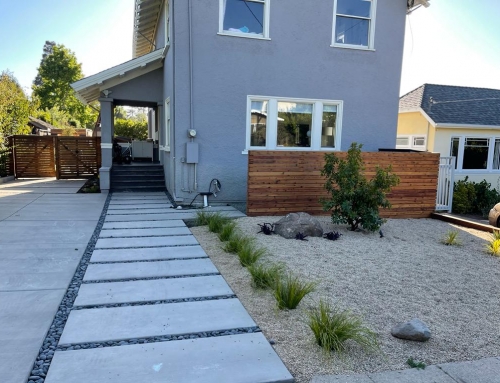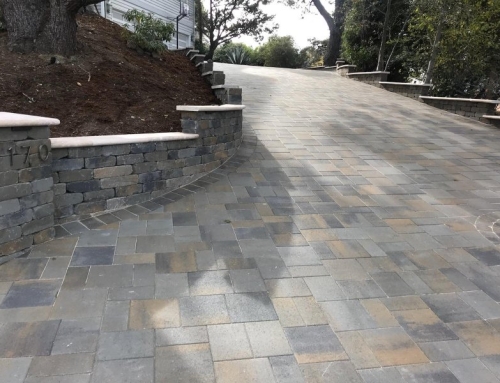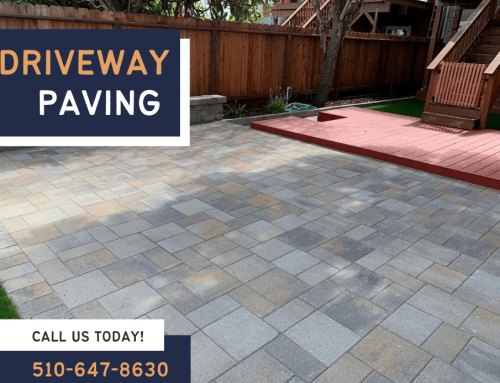Retaining walls serve a crucial function in landscaping, providing structural support while enhancing the aesthetic appeal of outdoor spaces. Whether you’re dealing with sloped terrain or looking to create distinct levels in your yard, retaining walls offer a solution. Understanding the different types of retaining walls can help you choose the right option for your landscaping needs. In this guide, we’ll delve into the three primary types of retaining walls to help you make informed decisions for your property.
- Gravity Retaining Walls: Gravity retaining walls rely on their weight and mass to resist the pressure exerted by soil and other lateral forces. These walls are typically constructed from heavy materials such as stone, concrete blocks, or poured concrete. Their design ensures that the weight of the wall and the material it’s holding back counteract the forces pushing against it.
Advantages:
- Effective for low to medium height applications.
- Minimal need for reinforcement or specialized construction techniques.
- Durable and long-lasting when properly installed.
- Cantilever Retaining Walls: Cantilever retaining walls are engineered structures that use a combination of horizontal and vertical supports to resist soil pressure. These walls feature a horizontal base, known as a footing, with a vertical wall extending upwards. The wall is typically thicker at the base and tapers towards the top, allowing it to support the weight of the soil.
Advantages:
- Suitable for moderate to high retaining wall heights.
- Offers a more streamlined appearance compared to gravity walls.
- Provides increased stability through strategic design and reinforcement.
- Anchored Retaining Walls: Anchored retaining walls incorporate additional support elements such as cables or rods to reinforce the structure and withstand higher lateral pressures. These walls are ideal for applications where traditional gravity or cantilever walls may not provide sufficient stability. Anchors are installed into the soil behind the wall and connected to the wall itself, distributing forces and preventing soil movement.
Advantages:
- Ideal for tall or challenging retaining wall projects.
- Offers versatility in design and application.
- Provides enhanced stability in areas with poor soil conditions or high loads.
Conclusion: Retaining walls play a crucial role in landscaping by providing structural support and defining outdoor spaces. By understanding the three primary types of retaining walls—gravity, cantilever, and anchored—you can make informed decisions when planning your landscaping project. Whether you’re dealing with a gentle slope or a steep incline, consulting with a qualified retaining walls contractor in Concord will ensure that your retaining wall meets both functional and aesthetic requirements, enhancing the beauty and usability of your outdoor environment.


